PPT-How to Read A
Author : kittie-lecroy | Published Date : 2017-06-05
Book A guide to getting the most out of academic reading Goal of academic reading Reading for information Before you read Pace Yourself Decide how much time you
Presentation Embed Code
Download Presentation
Download Presentation The PPT/PDF document "How to Read A" is the property of its rightful owner. Permission is granted to download and print the materials on this website for personal, non-commercial use only, and to display it on your personal computer provided you do not modify the materials and that you retain all copyright notices contained in the materials. By downloading content from our website, you accept the terms of this agreement.
How to Read A: Transcript
Download Rules Of Document
"How to Read A"The content belongs to its owner. You may download and print it for personal use, without modification, and keep all copyright notices. By downloading, you agree to these terms.
Related Documents

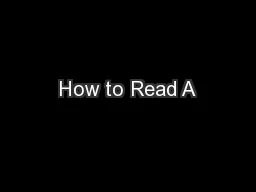

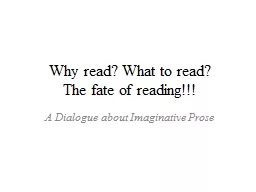
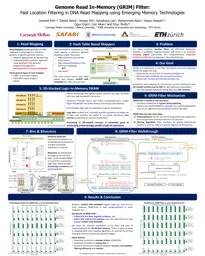

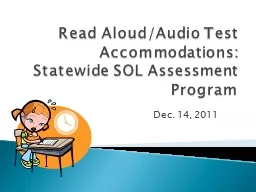
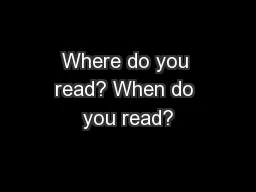
![[READ] - The Royal Chef at Home: Easy Seasonal Entertaining](https://thumbs.docslides.com/888618/read-the-royal-chef-at-home-easy-seasonal-entertaining.jpg)
![[READ] - Read & Understand with Leveled Texts, Grade 3](https://thumbs.docslides.com/901124/read-read-understand-with-leveled-texts-grade-3.jpg)
![[READ] - Teach Your Child to Read in 100 Easy Lessons](https://thumbs.docslides.com/901311/read-teach-your-child-to-read-in-100-easy-lessons.jpg)
![[READ] - Grammar Tales Box Set: A Rib-Tickling Collection of Read-Aloud Books That Teach](https://thumbs.docslides.com/901345/read-grammar-tales-box-set-a-rib-tickling-collection-of-read-aloud-books-that-teach-10-essential-rules-of-usage-and-mechanics.jpg)
![[READ] - How to Read Literature Like a Professor: For Kids](https://thumbs.docslides.com/901397/read-how-to-read-literature-like-a-professor-for-kids.jpg)
![[READ] - The Reading Lesson: Teach Your Child to Read in 20 Easy Lessons (1) (The Reading](https://thumbs.docslides.com/901425/read-the-reading-lesson-teach-your-child-to-read-in-20-easy-lessons-1-the-reading-lesson-series.jpg)
![[READ] - I Read It, but I Don\'t Get It: Comprehension Strategies for Adolescent Readers](https://thumbs.docslides.com/901638/read-i-read-it-but-i-don-t-get-it-comprehension-strategies-for-adolescent-readers.jpg)